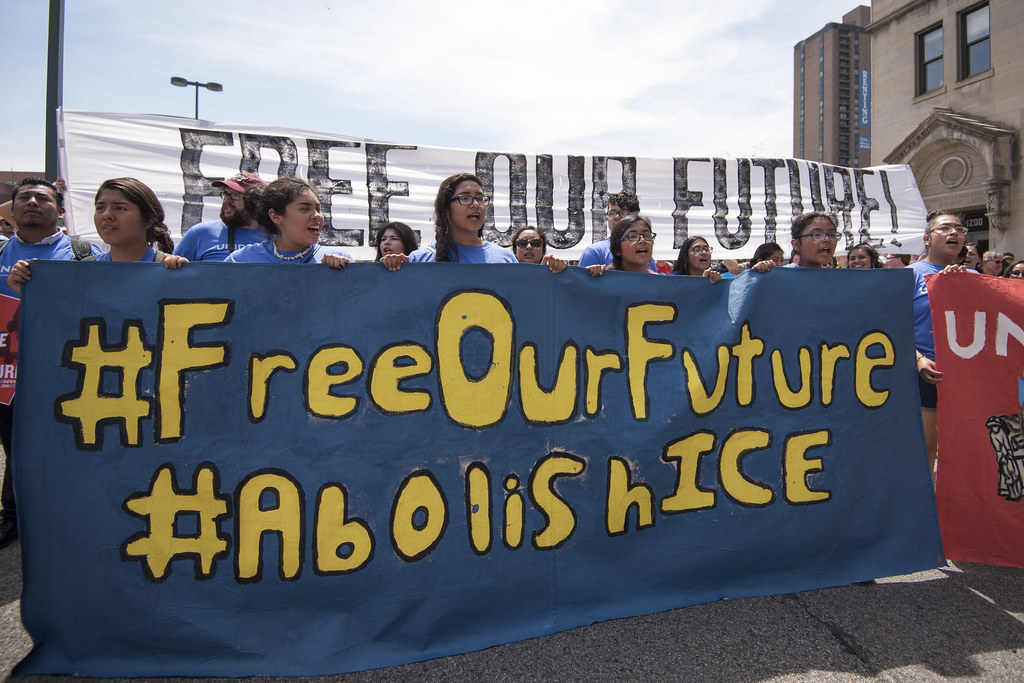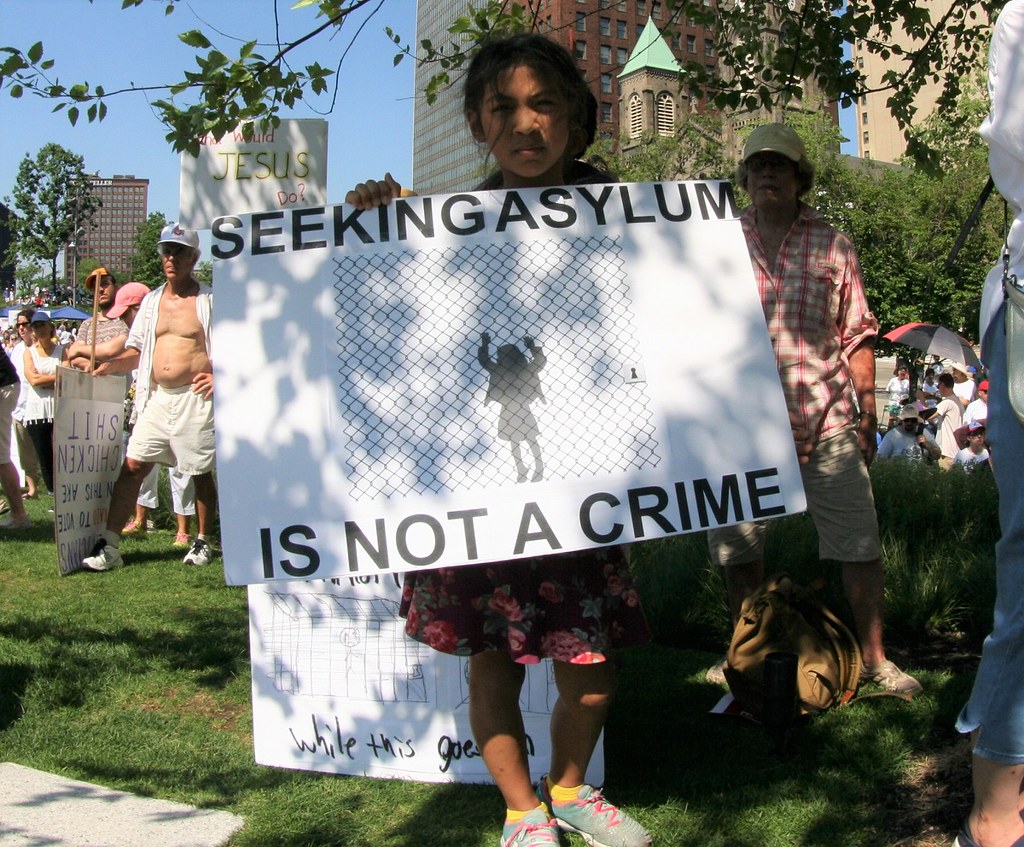Immigration detention centers are not safe for anyone—but especially for women, pregnant people and transgender people.

On Friday, the House Committee on Oversight and Reform published findings from its investigation on for-profit ICE detention facilities, revealing horrific conditions and medical neglect that led to four preventable deaths.
This came only days after multiple human rights organizations filed a complaint on behalf of women detained at the Irwin County Detention Center in Georgia alleging multiple examples of medical abuse, including hysterectomies performed without consent.
As alarming as they are, these human rights abuses are not new—and neither is our knowledge of them.
A complaint was filed only last month accusing guards in an immigrant detention center in El Paso of systematically sexually assaulting and harassing detained immigrants.
Immigrants in detention and their loved ones have been telling us about the harm caused by the U.S. immigration system for years. Often this harm comes in the form of reproductive coercion and control that deny immigrants their bodily autonomy.
At the beginning of this year, the State Department issued a rule that would give immigration officials the power to deny tourist visas to anyone they believed could be pregnant and were seeking entry into the U.S. to have children. The rule followed an incident in which a Hong Kong airline, under pressure by government authorities, forced a woman to take a pregnancy test before she was allowed to board a plane to the U.S. Pacific island of Saipan. This invasive policy predominantly affects travelers from Asia, Africa and Latin America, targeting pregnant women of color with demeaning tactics intended to deny them entry into the country.
In 2017, an unaccompanied immigrant minor who came to be known as Jane Doe discovered she was pregnant while she was detained in a federally-funded Office of Refugee Resettlement shelter in Texas. Jane requested an abortion and, as required for minors under Texas law, applied for a judge to sign off on her decision with the help of an attorney and appointed guardian. The judge granted her application, but the federal government refused to let Jane travel to a clinic. It was only after a protracted legal battle that Jane was able to receive abortion care.
In the summer of 2018, the world watched in horror as immigration enforcement at the U.S.-Mexico border separated thousands of immigrant children from their parents as they were seeking asylum.

Yet, for almost two decades, immigration enforcement has been separating immigrant families, both documented and undocumented, through detention and deportation. The detention of a family member often happens during routine check-ins with ICE, often leaving one parent to care for their children while struggling financially with less income.
In a report by the National Asian Pacific American Women’s Forum and the Southeast Asia Resource Action Center, we highlighted the effects of detention and deportation on a woman’s human right to parent and raise a family without fear of violence or family separation.
Immigration advocates have been saying for years that immigration detention centers are not safe for anyone—especially women, pregnant people and transgender people.
In 2018, Trump issued an executive order ending ICE’s policy of releasing pregnant people from detention. Reports have revealed inhumane maternal health care, including the shackling of detained pregnant women and ignoring requests for medical attention in cases of miscarriage. Detention is dangerous for women’s health.
The examples are nearly endless. At the root of each of them is the dehumanization of people of color and the white supremacy underlying the U.S. immigration system. Reporting by Tina Vasquez at Prism has identified the doctor who sterilized the women at Irwin but this atrocity isn’t an isolated event or the result of actions by a single man. The women at Irwin who were brave enough to come forward were subjected to these abuses of their reproductive health and rights because our system first put them in cages.
Every person has the right to have children, not have children, and parent the children we have in safe and sustainable communities, regardless of immigration status or country of origin. That is reproductive justice. It cannot be achieved by punishing individual doctors or modifying the conditions of detention.
We must shut down the Irwin County Detention Center now and beyond that, we must also dismantle ICE and end immigrant detention.
You may also like:





